“When men die, they enter into history.
When statues die, they enter into art.
This botany of death is what we call culture.
That’s because the society of statues is mortal.
One day, their faces of stone crumble and fall to earth.
A civilization leaves behind itself these mutilated traces like the pebbles dropped by Petit Poucet.
But history has devoured everything.
An object dies when the living glance trained upon it disappears.
And when we disappear, our objects will be confined to the place where we send black things:
to the museum.”
Because of its critical stance towards the damaging cultural impact of colonialism, Les statues meurent aussi (1953), was directly censored by the French National Center of Cinematography, and wasn’t allowed to be shown in French cinemas until 1964.
With African folktales & sculpture Paul Radin, an American cultural anthropologist and folklorist, wanted to correct the false impression that native African folk literature was just a simple form of literature, dealing mainly with animal stories.
By assembling a collection of African myths and folktales with a selection of plastic art photographed, among others, by Walker Evans and Eliot Elisofon, Radin wanted to make clear that African folk literature is probably the most sophisticated of all indigenous literatures.
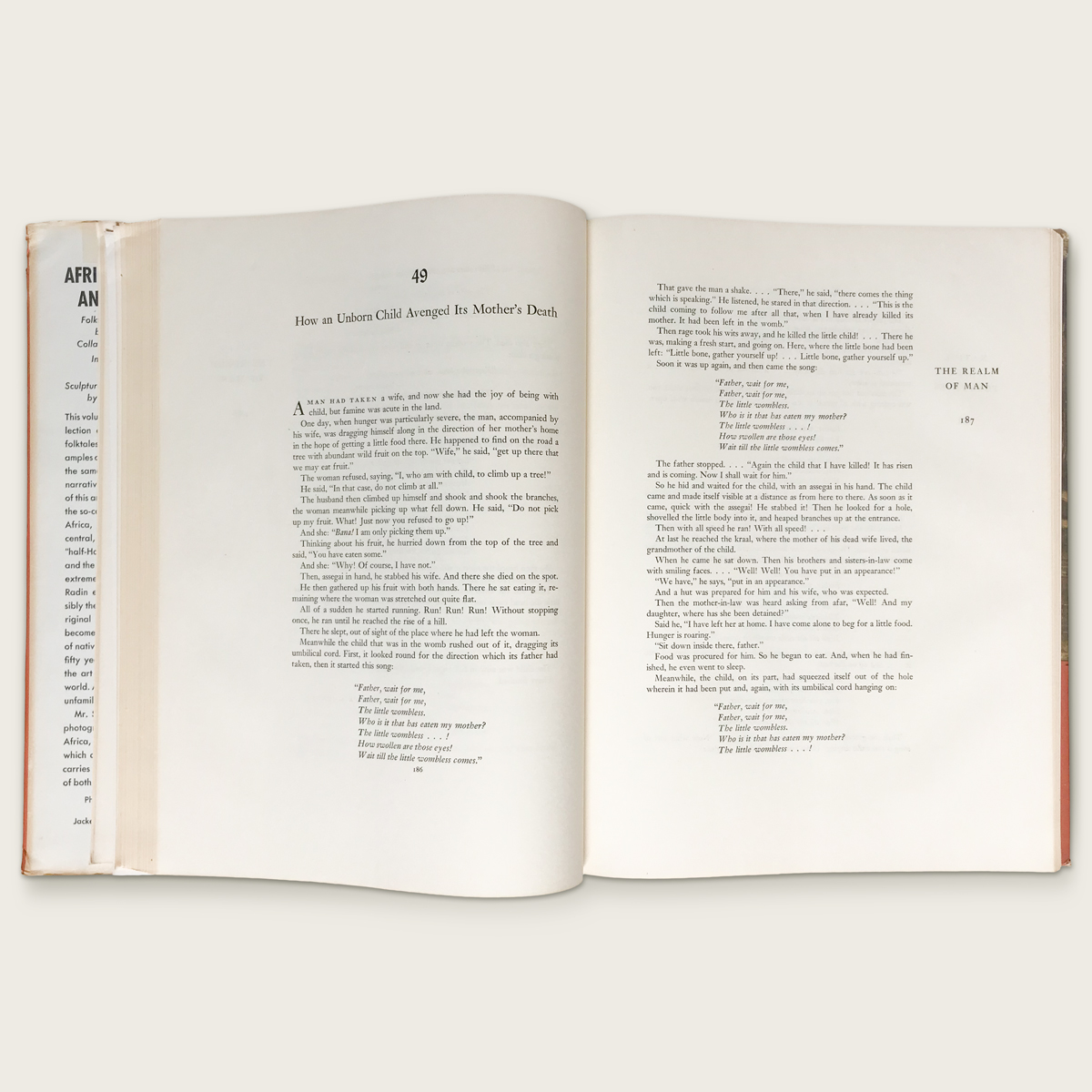
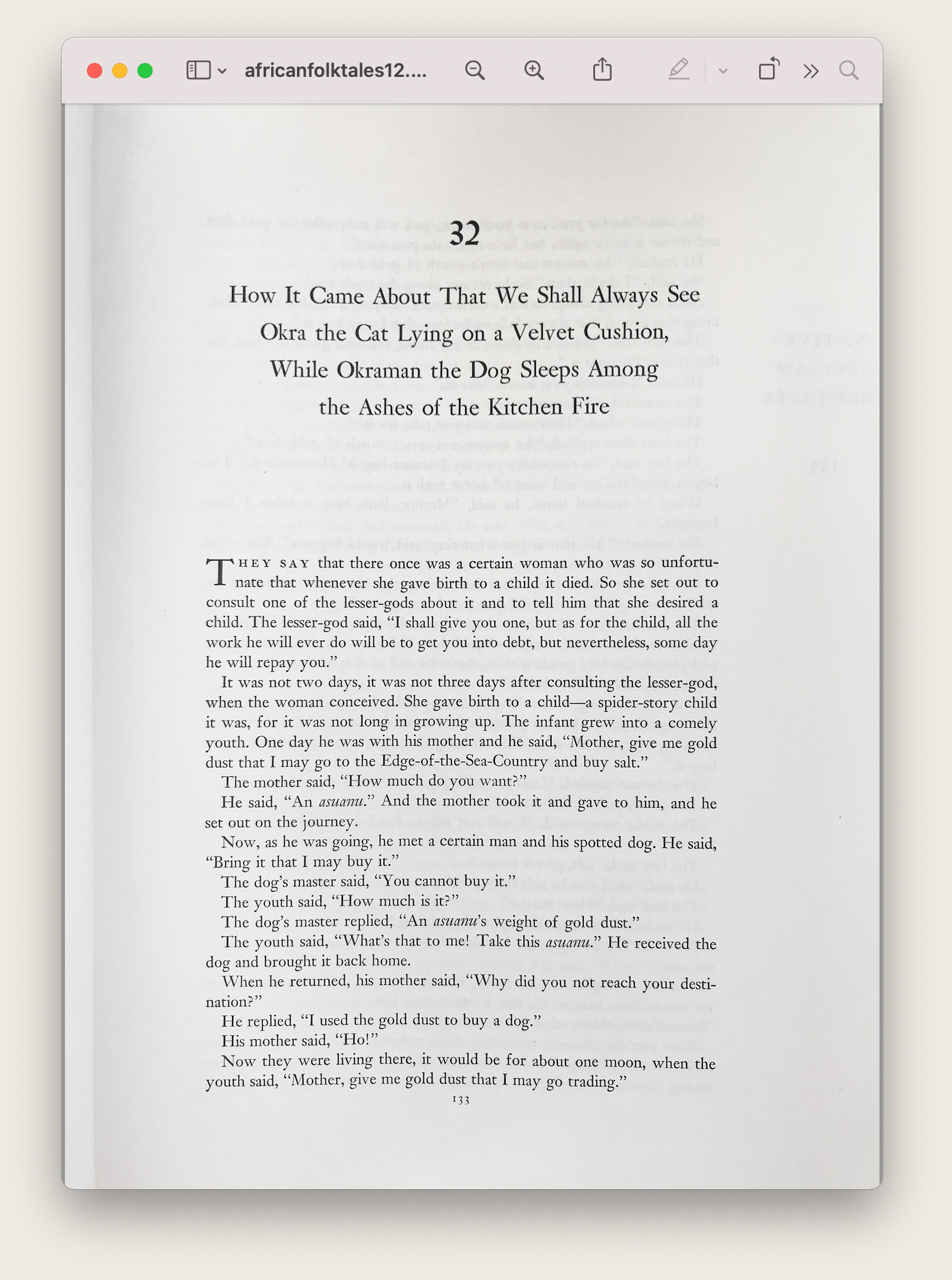
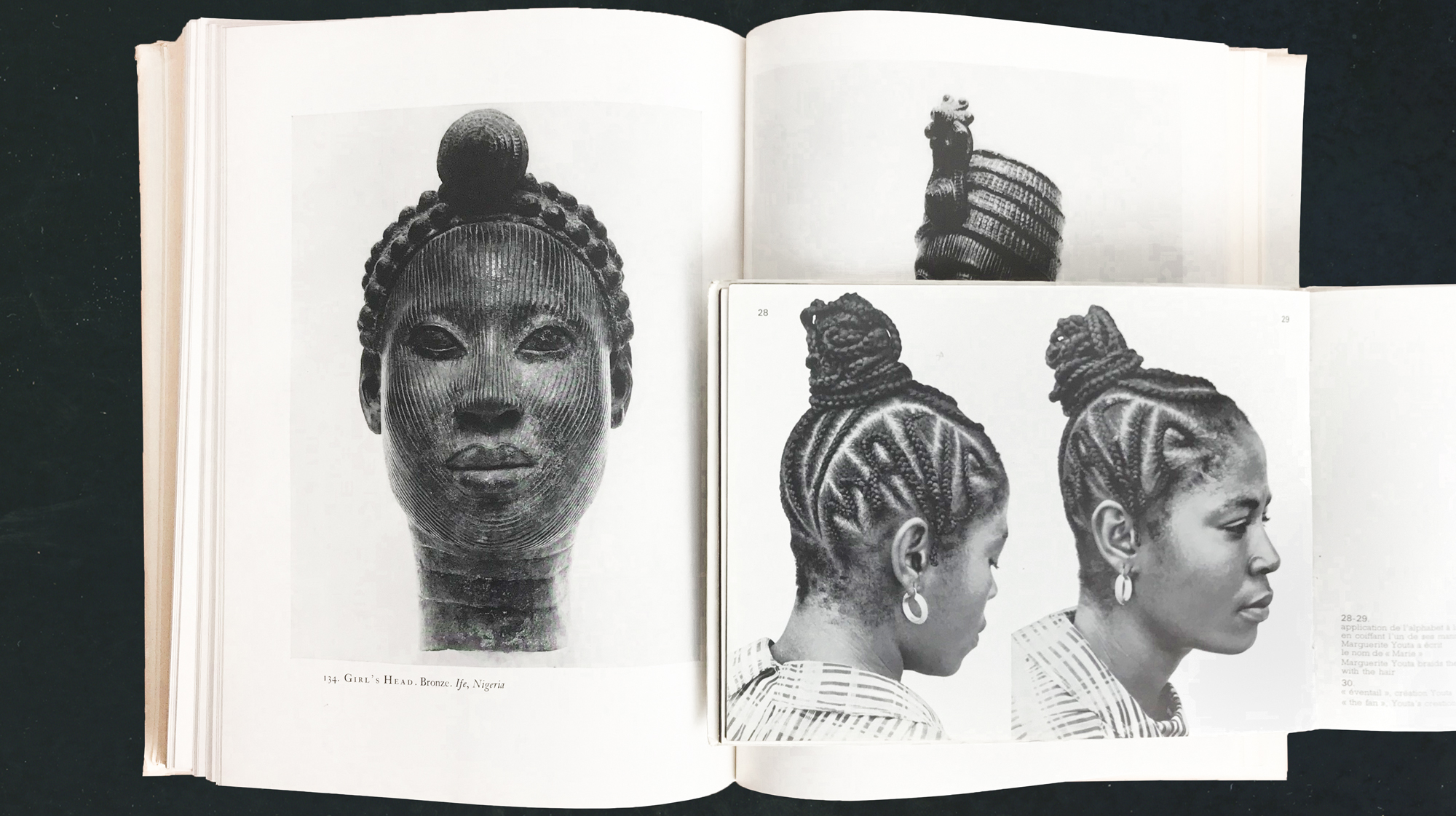

Unfortunately, not much is known about the photographer Diby Yao Christophe, but his photo book Du twist à cocody, ou l’art de la natte, is an amazing document of hairstyles, from the Ivory Coast of the 1970s.
Christophe ends his book with this very powerful statement:
“Why do some of our stylish women prefere [sic] bleached hair or wigs to genuine African creations? One’s real hair, in my opinion, is worth more than faked hair, and an art evolved over time is always better than imported styles of others. I meet many of you who pretend to be European, trying to dress and act like white women.
Oh, my Black Sisters, why are you trying to forget that you are African? Great poets have sung the glory of your bodies and I, a humble photographer, have caught a few of your marvelous braids and tresses.
The times change, but your natural beauty endures.”
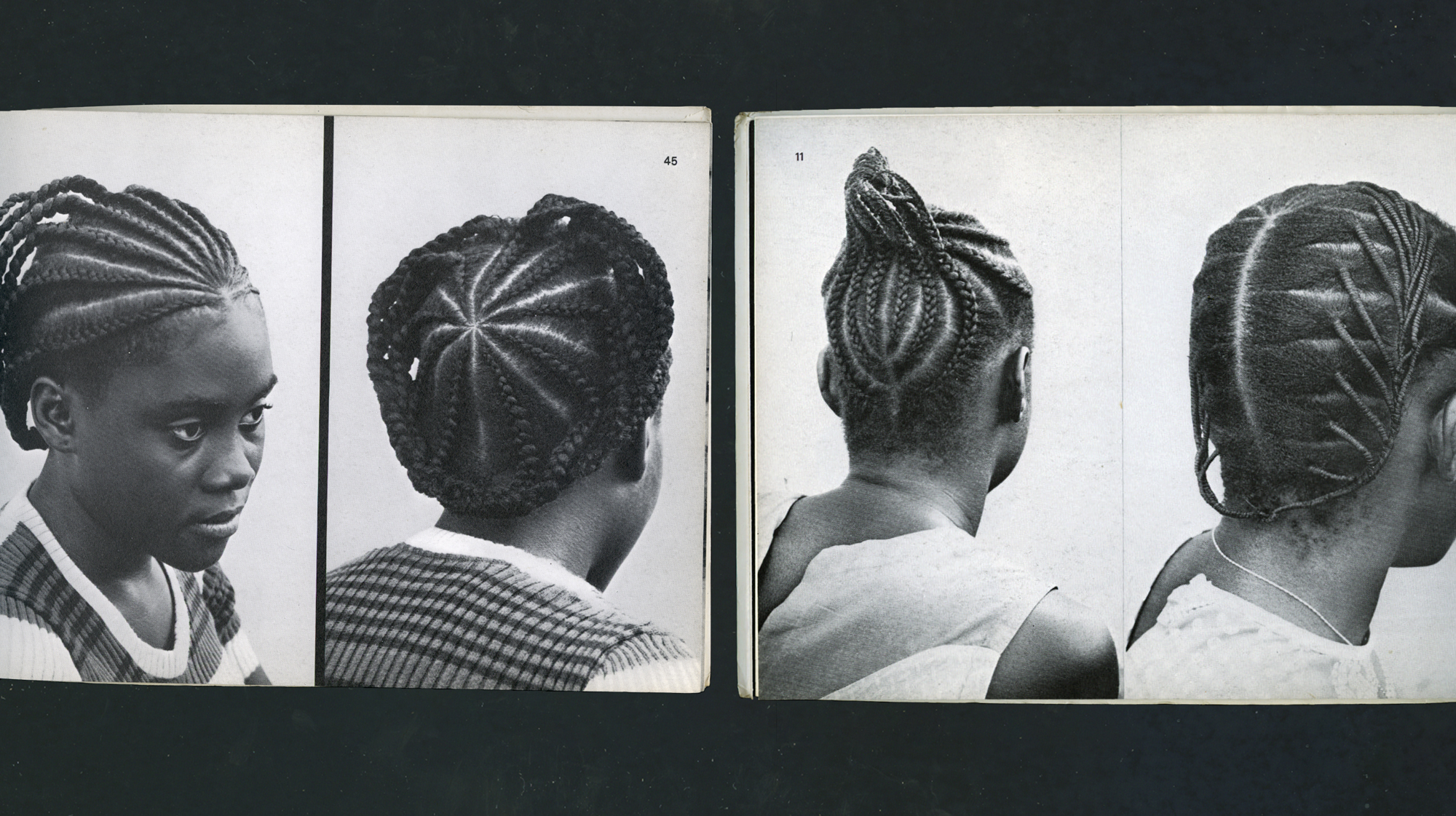
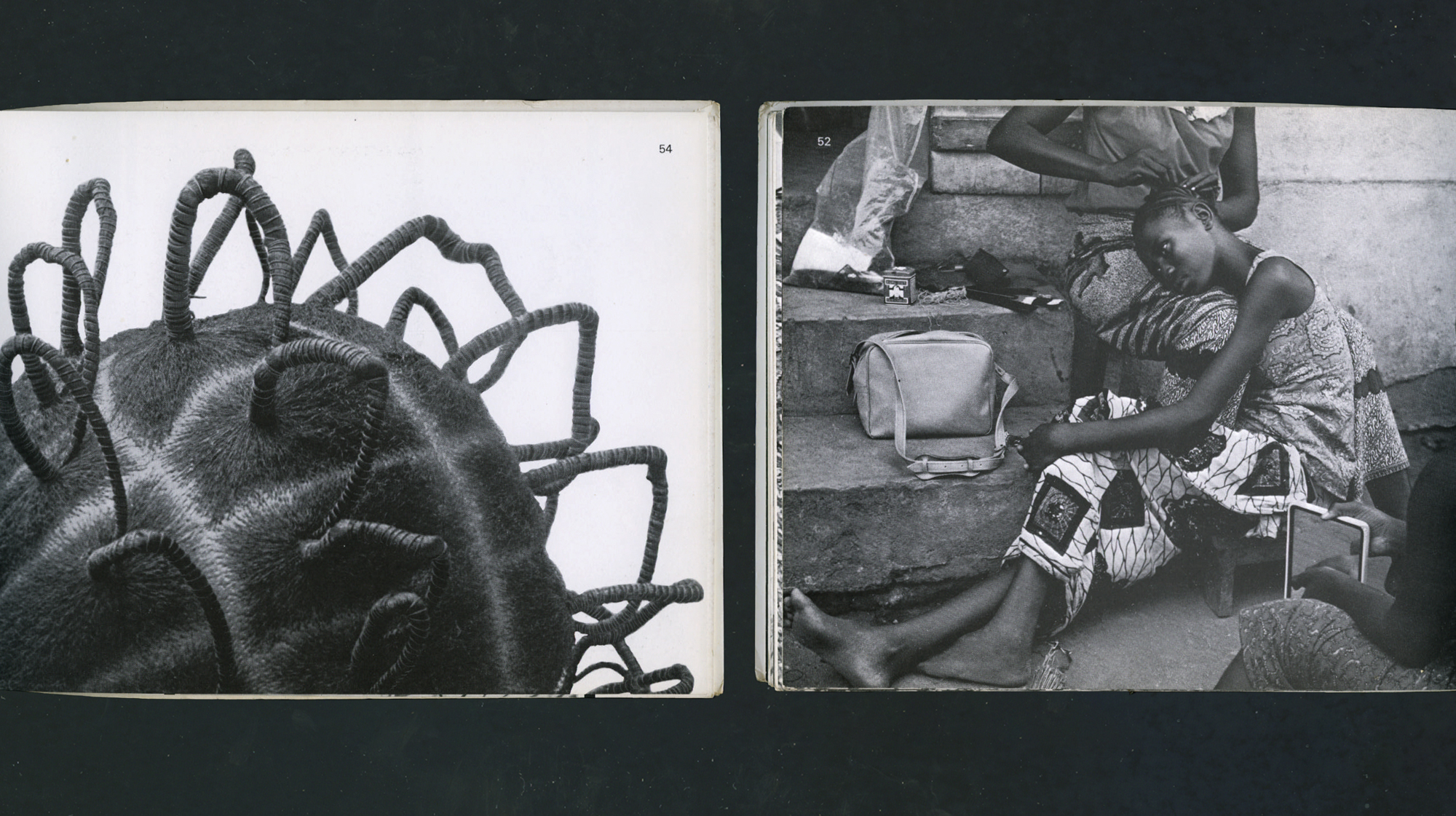
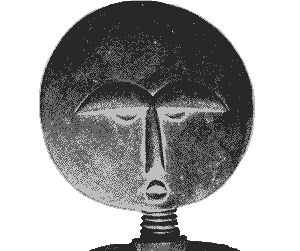
![[Chris Marker] Jeune Cinéma N°16 Juin Juillet 1966, N°35 Janvier 1969](https://chunkingbooks.com/wp-content/uploads/2021/06/jeunecinema_01-350x350.jpg)
![[Chris Marker] Jeune Cinéma N°16 Juin Juillet 1966, N°35 Janvier 1969](https://chunkingbooks.com/wp-content/uploads/2021/06/jeunecinema_02-350x350.jpg)

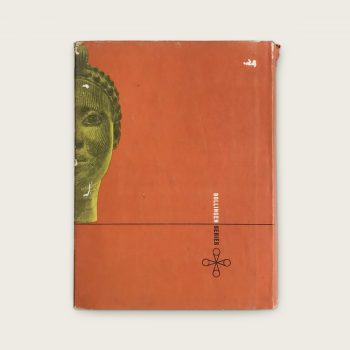
![Artsept: cahiers trimestriels de documentation cinématographique [complete set]](https://chunkingbooks.com/wp-content/uploads/2021/04/artsept_01-1-350x350.jpg)
![Artsept: cahiers trimestriels de documentation cinématographique [complete set]](https://chunkingbooks.com/wp-content/uploads/2021/04/artsept_02-350x350.jpg)
![[Chris Marker] SPECTACLES N°1: Cahiers d’Art du Theatre et du Cinéma](https://chunkingbooks.com/wp-content/uploads/2021/04/spectacles_01-350x350.jpg)
![[Chris Marker] SPECTACLES N°1: Cahiers d’Art du Theatre et du Cinéma](https://chunkingbooks.com/wp-content/uploads/2021/04/spectacles_02-350x350.jpg)
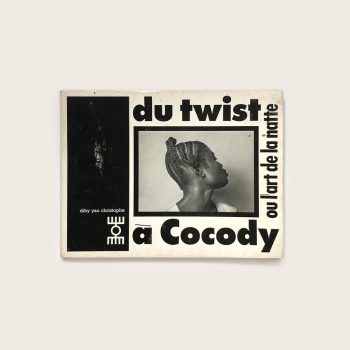
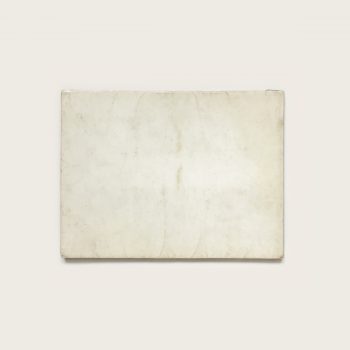
Commentaires, Commentaires 2